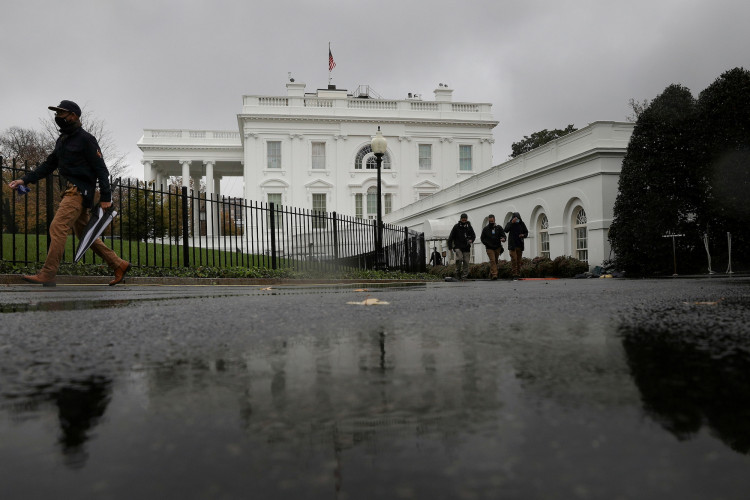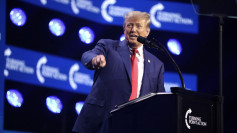The Trump administration has ordered federal agencies to prepare for sweeping job cuts, directing them to submit plans for large-scale layoffs by March 13. A memo from the Office of Management and Budget (OMB) and the Office of Personnel Management (OPM) outlined the reduction in force (RIF) strategy, which could eliminate thousands of positions and permanently reshape the federal workforce.
"We're cutting down the size of government. We have to," President Donald Trump said during a Cabinet meeting. "We're bloated. We're sloppy. We have a lot of people that aren't doing their job."
The initiative is part of a broader effort to centralize executive power and reduce government spending. The memo, signed by OMB Director Russell Vought and OPM Acting Director Charles Ezell, argues that the federal workforce is "costly, inefficient, and deeply in debt" and claims that tax dollars are funding "unproductive and unnecessary programs that benefit radical interest groups while hurting hard-working American citizens."
Agencies have been instructed to identify non-essential positions and functions that can be eliminated, with a focus on consolidating duplicative roles, reducing management layers, and integrating automation to improve efficiency. The memo also mandates that agencies submit detailed plans on relocating offices to regions outside Washington, D.C., where costs are lower.
The administration's plans have already had an immediate impact. Over the past six weeks, tens of thousands of probationary employees have been terminated, while others have been placed on administrative leave or offered deferred resignation packages. Federal workers were also required to return to in-person work, a policy shift that led to additional resignations.
Kevin Owen, an employment lawyer specializing in federal workforce cases, described the strategy as an unprecedented dismantling of government operations. "This looks like a plan for a significant and shocking reduction of the federal workforce that I don't think the American people are prepared for," Owen said. "It's going to cripple a lot of government functions."
The White House insists that essential services will remain intact. The memo explicitly exempts law enforcement, border security, national security, immigration enforcement, and public safety positions, along with military and postal workers. It also states that any layoffs affecting Social Security, Medicare, and veterans' healthcare must be reviewed to ensure they do not negatively impact service delivery.
Despite these assurances, federal employee unions and government watchdog groups are expected to challenge the administration's plan. Legal experts predict lawsuits will emerge as agencies begin implementing cuts, particularly in departments where workforce reductions could disrupt core services. "Their plan is to do the damage and get sued," Owen said. "By the time a court rules against them, they will have already achieved their goal."
The administration has provided agencies with a second deadline of April 14 to submit restructuring plans, which must include proposals for long-term cost reductions, technology-driven efficiencies, and potential legislative changes required to implement broader reforms. The full workforce optimization initiative is set to take effect by September 30.
The reduction in force effort follows an executive order signed by Trump earlier this month, directing agency heads to "promptly undertake preparations to initiate large-scale reductions in force." The order, co-signed by billionaire entrepreneur Elon Musk, head of the White House's Department of Government Efficiency (DOGE), reflects the administration's aggressive approach to downsizing federal operations.
Musk has played a controversial role in the restructuring process. Over the weekend, he sent an email to federal employees demanding that they account for their work activities over the past week. "What did you do last week?" the email read. Musk later threatened to fire those who did not respond. The White House initially backed away from the ultimatum but later indicated that non-responsive employees were "on the bubble."






